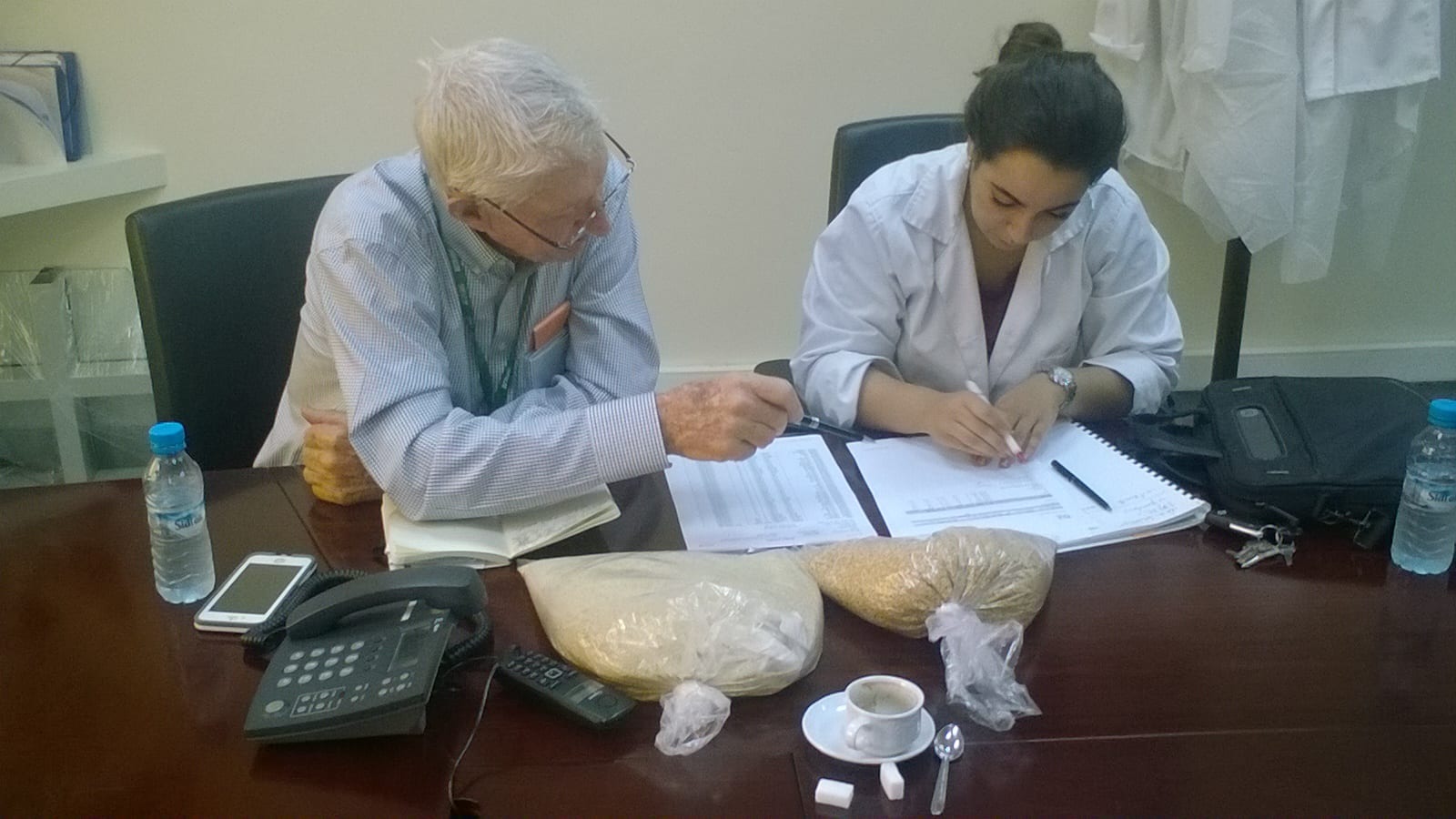USSEC Holds Second Feed Formulation Course for Young Professionals in Morocco
- Category:
- Animal Utilization
- General News

USSEC organized a feed formulation course in Casablanca, Morocco on May 16. The one-day event, held for the second time in this market, brought together 17 feed formulators and nutritionists from main feed mills covering over 67 percent of the overall compound poultry feed production. For the first time, formulators from leading premix companies participated. The course’s goal was to increase nutritional knowledge, improve the use of U.S. Soy products, and help to differentiate soybean meal of different origins in feed formulation.
Dr. Craig Coon, animal nutrition professor at the University of Arkansas, gave three presentations on the response of the modern commercial strains of broiler to dietary amino acids and energy. He showed through the results of four large feeding studies that the modern broiler responds to added amino acids above standard requirements. The broiler improves weight gain, feed conversion ratio (FCR), processing weight, and yield with amino acids. Increasing AME with same digestible lysine also improves weight and FCR, but weight gain is primarily increased fat and not protein. The decision of selecting optimum dietary digestible lysine per Mcal of dietary metabolizable energy for the different feeding phases is based on the economics of each specific market.
Dr. Coon and his group have also been evaluating net energy (NE) while feeding increased amino acid concentration with the same energy density and also when adding dietary energy with the same amino acid concentration. The evaluation of different nutritional programs for heavy broilers during the 42-56 day period has shown that white striping and woody breast problems tend to occur more often when producing larger broilers (greater than three kilograms) with high-density diets.
The third presentation focused on feed formulation simulations using hipro soybean meal from different origins. He showed that the higher content of essential amino acid in U.S. soybean meal, particularly digestible lysine and methionine, produce higher density diets even at a lower inclusion rate, therefore allowing a cheaper cost per kilogram of feed.
The visiting consultant also recommended during a one-on-one workshop with selected integrations setting different nutrient profiles in feed formulation matrices for meals from different origins. As operations are increasingly interested in getting the most from the ingredients they use, formulating on digestible nutrients values of soybean meal by origins leads to better poultry nutrition.
Improving knowledge on the nutrient supply of U.S. soybean meal such as higher lysine content and availability along with consistent quality ultimately contributes to an increased preference for U.S. soybean meal, the ultimate goal of such USSEC programs. The short course helped achieve its goal in educating young professionals and highlighted soybean meal differentiation by origin.




